Where to Find the Most Beautiful Birds in Costa Rica
Costs Rica’s 850 different species are some of the most beautiful birds in the world, including this one, which may be a Verde Hybrid Macaw. He looks like he is wondering what the photographer is doing with his camera in the rain! Image by the intrepid ©TOM APPLEGATE
Birding in Costa Rica. Where Do You Begin?
Roberta Kravette, Editor and Co-Founder
BY Roberta Kravette
☞Editor’s Note: This article was revised in August 2024
An article about birding in one of the planet’s premier birding hotspots should be simple to put together. When that hotspot is Costa Rica, the assumption is not correct.
The sheer number and diversity of species, coupled with their astounding beauty or unusual features, made this article one of the most challenging pieces I have ever written. Where do you begin – or end?
Which of Costa Rica’s 850 fantastic species do we highlight? I decided to concentrate on birds from the West Coast and species that initially caught my eye. It is an unscientific approach at best – but I keep reminding myself that this was a blog article, not an encyclopedia!
✔︎ Trip Tips
Where: Costa Rica, Pacific side
Best Time: December to April, drier
Off Peak: May to November, wetter
How: SJO Intl. Airport at Alajuela
What: Birding, photography
Who: Adults, some bird experience.
ADA: Yes, but contact us.
* Note: Pro. Birding guide suggested. Contact us
A Rare Bird Appears
Still, the article keeps getting longer. To make matters more complicated, just when I thought the piece was “complete,” I discovered a bird so rare there may only be 200 left on the planet. We couldn’t leave that one out! The beautiful yellow-billed cotinga is something special.
Costa Rica not only has the most beautiful birds in the world but also talented, passionate, and generous bird photographers. Many thanks to Kath Aggiss, Tom Applegate, Randall Jimenez Borbon, Jorge Chinchilla, Jory Freimann, Hawi Grömping, Jesse Lopez Herra, Alfredo Irizarry, Daniel Matamoros, Merig Nature Photography, Ajit Meshmukh, K D Sathya Narayanan, Robert Ozipko, Juan Jose Pucci, and Toni Tsay whose fabulous images and unceasing generosity made the final selections darn near impossible.
Golden-Browed Chlorophonia
Legend says the Golden-browed Chlorophonia gave up its beautiful voice to save its human friend. . Image: ©JUAN JOSE PUCCI
Golden-Browed Chlorophonia: Chlorophonia callophrys Other names: Rualdo in Costa Rica.
Conservation Status: IUNC Red-List: Least Concern but declining with a highly limited range.
Greatest Threat: Habitat loss
The Legend of the Golden-Browed Chlorophonia
In ancient times, this lovely bird, who then had an even more beautiful singing voice, befriended a great chief's daughter. The girl and bird were inseparable. One day her father, worried about the restive Paos volcano, turned to his shaman for advice. The shaman told the father to sacrifice his daughter to calm the volcano. When the day arrived, the bird, in an effort to save his friend, flew deep into the volcano’s crater, singing with all his might. The beautiful song caused the volcano to weep, its tears forming Botos lagoon, which you can still visit today.
Best Place to Find Golden-Browed Chlorophonia
Costa Rica's foothills and mountains (1000 – 2500m) Look for them in pairs or small flocks.
Lower Mountains: Monteverde Cloud Forest Reserve, Santa Elena Reserve, Bosque de Paz Biological Reserve and Lodge, La Paz Waterfall Gardens, or Tapanti National Park.
Upper Mountains: Irazu Volcano Park, San Gerardo de Dota
Fiery-Billed Aracari
FIERY-BILLED ARACARI IS SLIGHTLY LARGER THAN ITS CLOSE RELATIVE, COLLARED ARACARI, THEY BOTH SLEEP WITH THEIR FRIENDS. IMAGE: THANKS TO ©JUAN JOSE PUCCI
The Fiery-billed Acari: Pteroglossus frantzii. Other Names: Tucancillo Piquianaranjado
Conservation Status: IUNC: Least Concern, declining
Greatest Threat: Habitat loss, very limited range and numbers.
Fun fact. These social birds live and forage in groups of 6 to 10 individuals. Aracaris (fieri and collared) are the only toucans known to sleep in trees all year long. They choose old woodpecker holes, sleeping up to 5 at a time, with tails folded over their backs.Three or more adults together raise the chicks.
Best Place to Finf Fiery-Billed Acari: South Pacific Slope, in the lowland or middle elevations. Manuel Antonio National Park, Oro Verde Biological Reserve or the Las Cruces Biological Reserve.
Yellow-Throated Toucan (image ©Tony Tsay) : Ramphastos swainsoni Other names: This bird goes by many names: chestnut mandibled toucan, black-billed, Swainson’s, or yellow-fronted toucan are among the most common
Best Place to Find the Yellow-Throated Toucan: South Pacific Slope, especially: Manuel Antonio National Park, Carara National Park and Oro Verde Biological Reserve
Keel Billed Toucan (Image Hawi Grömping) : Ramphastos sulfuratus Other Names: sulfur-breasted toucan, rainbow-billed toucan. Also known as the clowns of the bird world - they play with their food!
Best Place to Find Keel-Billed Toucan: Caribbean middle elevations: Arenal National Park, Virgin del Soccorro
Turquoise Cotinga
TURQUOISE COTINGA, ENDEMIC TO COSTA RICA AND PANAMA WHERE THEY ARE LISTED AS ENDANGERED. IMAGE: ©RANDALL JIMÉNEZ BORBÓN
Turquiose Cotinga: Cotinga ridgway Other names: Ridgeway’s Cotinga
Conservation Status: IUNC Vulnerable Greatest Threats: Habitat loss due to deforestation
The male turquoise cotinga is an unmistakable and spectacular bird, glossy blue with purple patches. Look for the females, too, buff colored with extensive scaling and speckling. They like wet forests and not too much company. Find them alone or in small groups. Turquoise cotingas are fruit and berry eaters.
Best Place to Find Turquoise Cotinga: South Pacific Slope at Oro Verde Biological Reserve, Bosque del Rio Tigre, Corcovado National Park and Mid-elevations South Pacific Slope at Las Cruces Biological Station, Las Alturas and Randall suggests the place where he captured the image above: the Mercado Viriteca area in Sabalito.
The Great Curassow
ITS BROWN COLORING TELLS US THAT THIS GREAT CURASsOW IS A FEMALE, MALES ARE BLACK-ISH WITH WHITE UNDER PARKS, BOTH HAVE A GREAT CURLED HEADDRESS. IMAGE: ©JAUN JOSE PUCCI
The Great Curassow Other names
Conservation Status: IUNC Vulnerable Greatest Threats: Habitat loss and human overhunting for food - and snakes!
The great curassow may not be “beautiful,” but it has style! Look at that headdress of curling feathers. These are ground nesters who live in (probably) monogamous pairs, where the male is definitely the “head of the family.” He leads his mate and chicks to forage on the ground and whistles when there is danger.
Great Curassows live up to 24 years but reproduce very slowly. The pair will begin building several different nests, abandon them, and finally complete one, and the female will lay two white eggs. You have to search for these birds; they are very rare.
The Best Places to Find Great Curasow are the North Pacific Slope of Palo Verde National Park, the Middle Caribbean elevations of Arenal National Park, and the South Pacific Slope of Corcovado National Park.
The Resplendent Quetzal
THE RESPLENDENT QUETZAL, AS RARE AND ELUSIVE AS IT IS MAGNIFICENT. IMAGE: ©ALFREDO IRIZARRY
Resplendent Quetzal Pharomachrus mocinno Other Names: Guatemalan Quetzal
Conservation Status: IUNC: Near Threatened and decreasing. Greatest Threat: Habitat loss
(Image Left: Owen Duetch right: Juan Jose Pucci)
Arguably, with the scarlet macaw, one of the two most sought-after birds in Costa Rica, the Resplendent Quetzal, is rare and elusive. Look for them at the breeding time, from mid-February into June or July, in Costa Rica’s cloud forests. This is when the male’s tail grows long and they are most active. Resplendent Quetzal feed on wild avocado trees and other fruit from trees in the laurel family (Lauraceae) and nest in holes they have chopped in partially decomposed standing trees..
Fun Fact: Resplendent quetzals are actually brown! Like the morpho butterfly, their feathers are colored by melanin pigment strips that trap most of the color spectrum but reflect green light, causing us to perceive these birds as “resplendent!”
Best Place to Find a Resplendent Quetzal: The Talamanca Highlands. Visit the KABEK project at the Paraiso Quetzal Lodge. North Central region: Monteverde Cloud Forest, and San Gerardo de Dota and the Los Santos Forest Reserve on the eastern boundary of the Quetzales National Park. And
Hummingbirds
DON’T BE SURPRISED NOT TO SEE THE TALAMANCA HUMMINGBIRD IN YOUR GUIDE BOOK, UNITL RECENTLY IT WAS ONE OF TWO SPECIES THAT TOGETHER WERE CALLED THE MAGNIFICENT HUMMINGBIRD. IMAGE: ©JAUN JOSE PUCCI
Costa Rica is a hummingbird lover’s paradise. Wherever you are, in every region, everywhere you look, and even when you are not looking, there are hummingbirds hovering at the feeders, in the flowers, or flitting through the foliage, hummingbirds are all around. I tried to choose my favorites, but it was impossible, so instead, these are a few more unusual hummers. Let me know if you find them.
Talamanca Hummingbird.
Eugenes spectabilis, endemic Other Names: Admirable Hummingbird
A large hummingbird until recently called the Magnificent hummingbird (older birding books still list it that way), most taxonomic authorities recently decided to divide this highland species into two: the Magnificent and the Talamanca.
Best Place to See Talamanca Hummingbird: The Talamanca Highlands.The Paraiso Quetzal Lodge, relax and enjoy them at the feeders! Mountains: Bosque de Paz Biological Reserve and Los Santos Forest Reserve on the eastern boundary of the Quetzales National Park.
White-Crested Coquette:
Lophornis adorabilisonly found in Costa Rica and Panama. Other Name: None known (Image: Chinchilla Jorge)
Best Place to Find White-Crested Coquette, look for this very rare hummingbird with the punk hair-do in the foothills in the South Pacific slope on the Osa peninsula, Oro Verde Biological Reserve Read More about where to see our 9 favorites hummingbirds in Costa Rica.
Mangrove Hummingbird:
Amazilia boucard Endangered, decreasing Other Names: None known
(Image: Robert Ozinko)
Best Place to Find Mangrove Hummingbird: Confined to mangroves on the pacific coast, the American Bird Conservancy says the most likely place to see this rare, endangered bird is by standing in the ocean with your back to shore! Threats to the mangroves, illegal cutting for aquaculture and climate change is threatening their only habitat.
Snowcap Hummingbird.
Decreasing Microchera albocoronata Other Names: None known
(Image: Juan Jose Pucci)
So tiny it is often mistaken for an insect, At only 2.5 inches and weighing less than a penny, this rare, cloud forest hummingbird is one of the smallest. They breed in the higher altitudes, but often move lower after the breeding season (altitudinal migration.) Find them between 800 and 300 meters. Look for their white cap, darting like a star among the foliage of their favorite porterweed bushes.
Best Place to Find Snowcap Hummingbird: Caribbean slope: Arenal Volcano National Park
GREEN THORNTAIL AND VIOLET SABREWING HUMMINGBIRDS FOUND IN THE CENTRAL FOOTHILLS. IMAGE: ©ALFREDO IRIZARRY
Yellow-Billed Cotinga
THE ENDANGERED YELLOW-BILLED COTINGA MALE IS SNOWY WHITE, HIS HEAD SUFFUSED WITH WITH PEARLY-GREY, THE FEMALE IS DUSKY GREY WITH WHITE EYE RINGS AND WING EDGING. IMAGE: ©JESSE LOPEZ HERRA
Yellow-billed Cotinga: Carpodectes antoniae Regional endemic Other Names
Conservation Status: Endangered The IUNC estimates the global population to be between 150 and 750 individuals. Osa Conservstion feels the number may be slightly higher. 250 - 999 birds.
Yellow-billed cotingas need not one but two types of habitat simultaneously: Mangrove forests and sub-tropical or tropical lowland forest. They breed ONLY in the mangroves - they eat only forest fruit. They must have both together, everyday.
Best Place to Find Yellow Billed Cotinga: The Osa Peninsula, The Yellow-Billed Cotinga Sanctuary. This is a 30cre/12 hectar nesting area protected by the Osa Conservation, an organization formed to protect, study and sustain the most biologically diverse place on earth. They may also be found at Carara National Park.
The Scarlet Macaw
Scarlett Macaw is Costa Rica birding icon - and becoming more rare. ©MERIG NATURE PHOTOGRAPHY
Scarlet Macaw: ara macao (the northern subspecies of the scarlet macaw) Other names: None known
Conservation Status: IUNC Red-listed as “Least Concern” but protected by the US Endangered Species Act since 2019, but, listed as “Endangered” in Costa Rica and other Central and South American countries. There are thought to be only 1500 scarlet macaw left in the wild.
Greatest Threats: Habitat loss and the illegal pet trade.
Perhaps Costa Rica’s most charismatic bird, the scarlet macaw, once common is now a rare find. Extinct in most of its formerly widespread range, they are confined to small northern Caribbean enclaves.
The scarlet macaw is one of the largest macaw species, growing up to 2.7 feet in length. Mostly vegetarian, their large, flexible beaks are perfect for foraging nuts, fruits, and leaves. They also are known to eat riverbank clay, a practice thought to help them with digestion.
Best Place to See a Scarlet Macaw in Costa Rica: This bird likes Costa Rica’s Pacific slope. Look on the Osa Peninsula at Corcovado National Park, Caracara National Park, and Bosque del Rio Tigre
More Beautiful Birds of Costa Rica
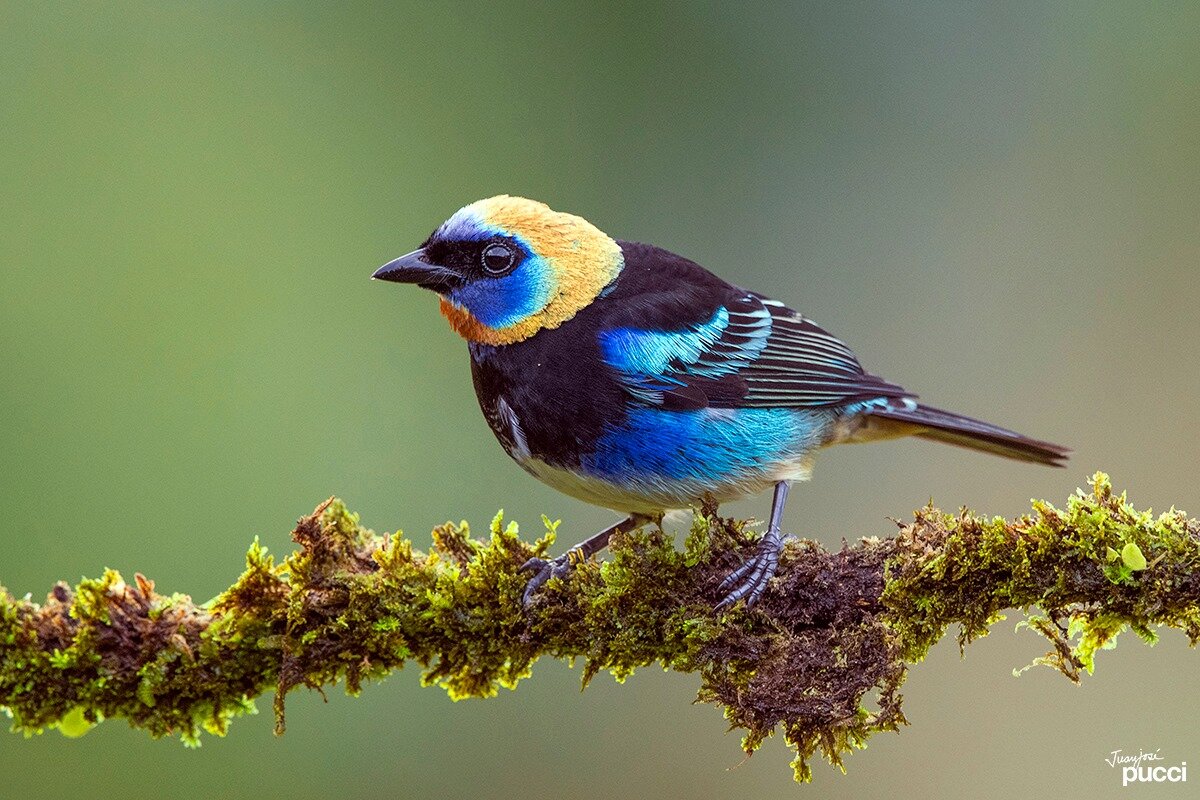

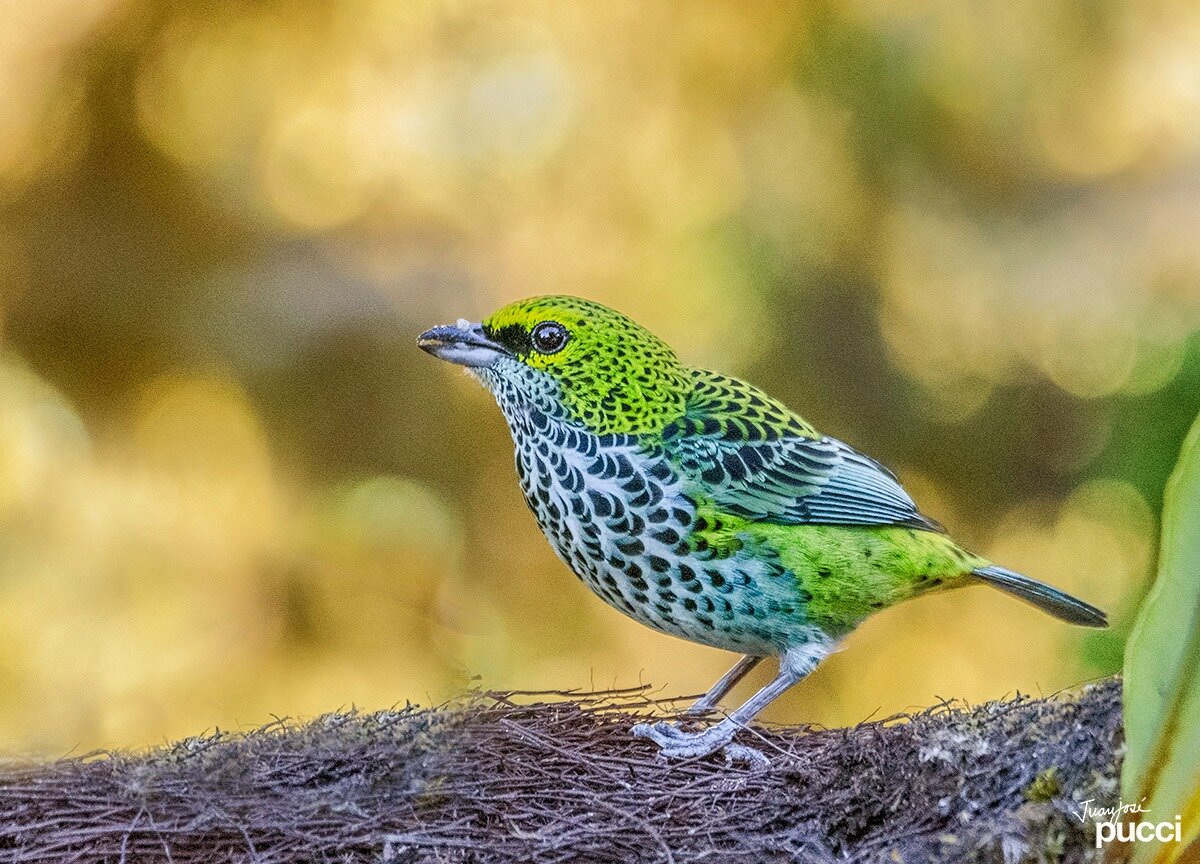
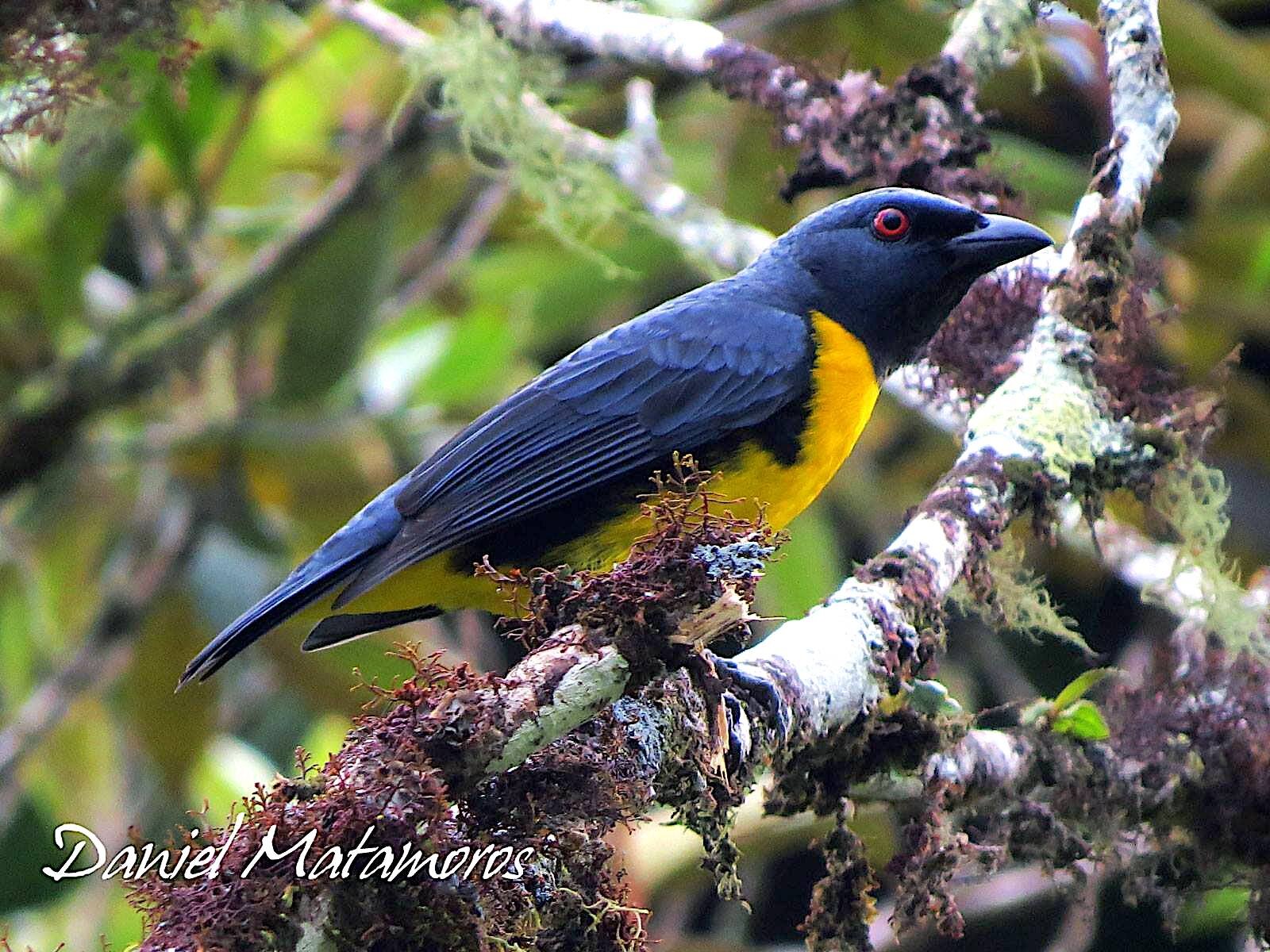
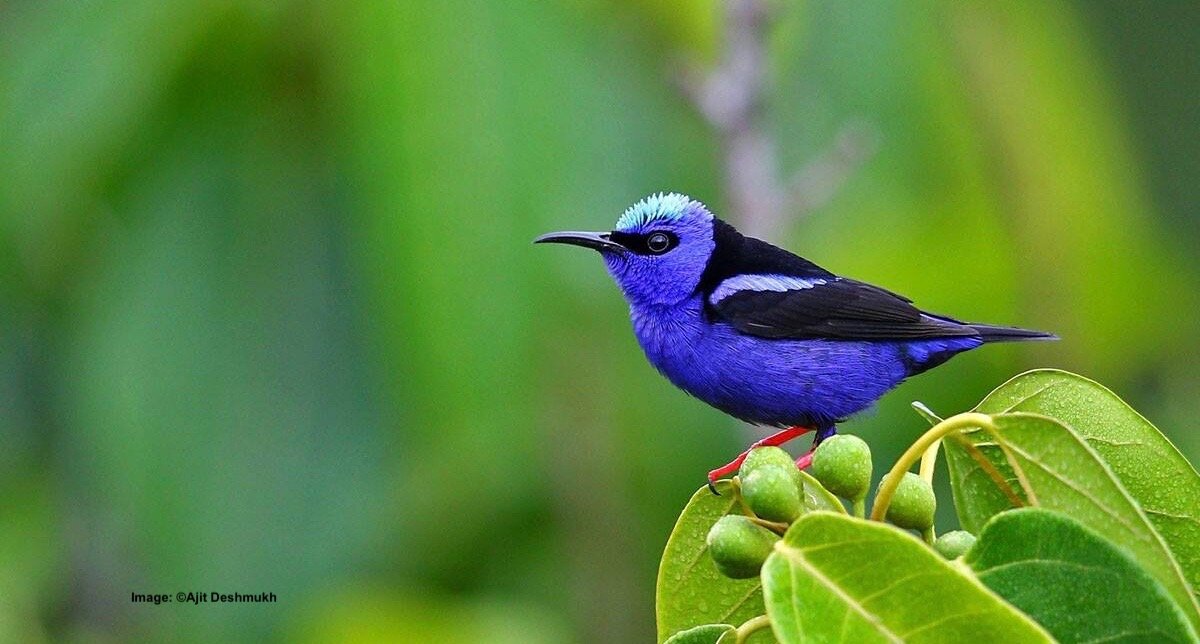
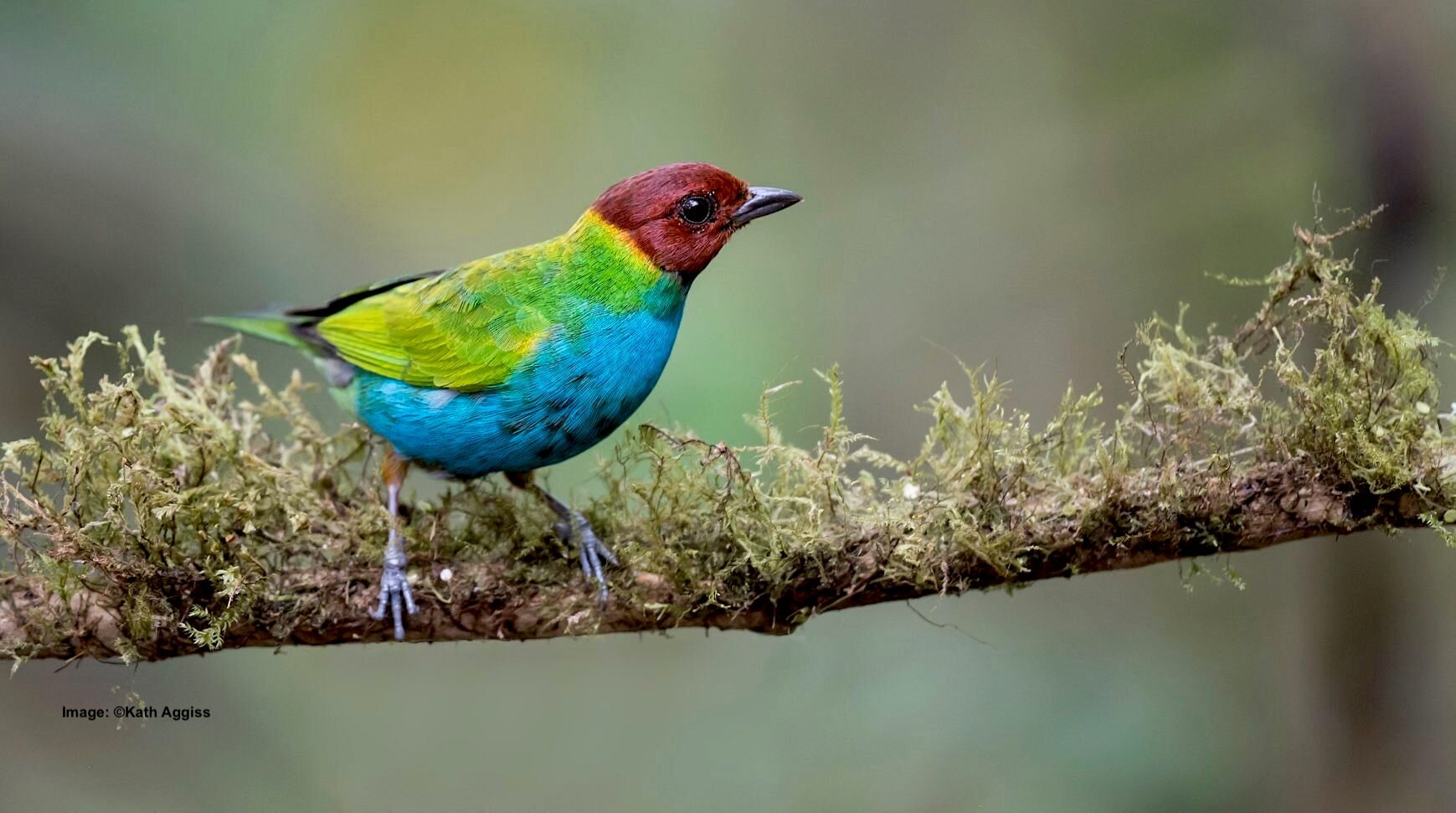
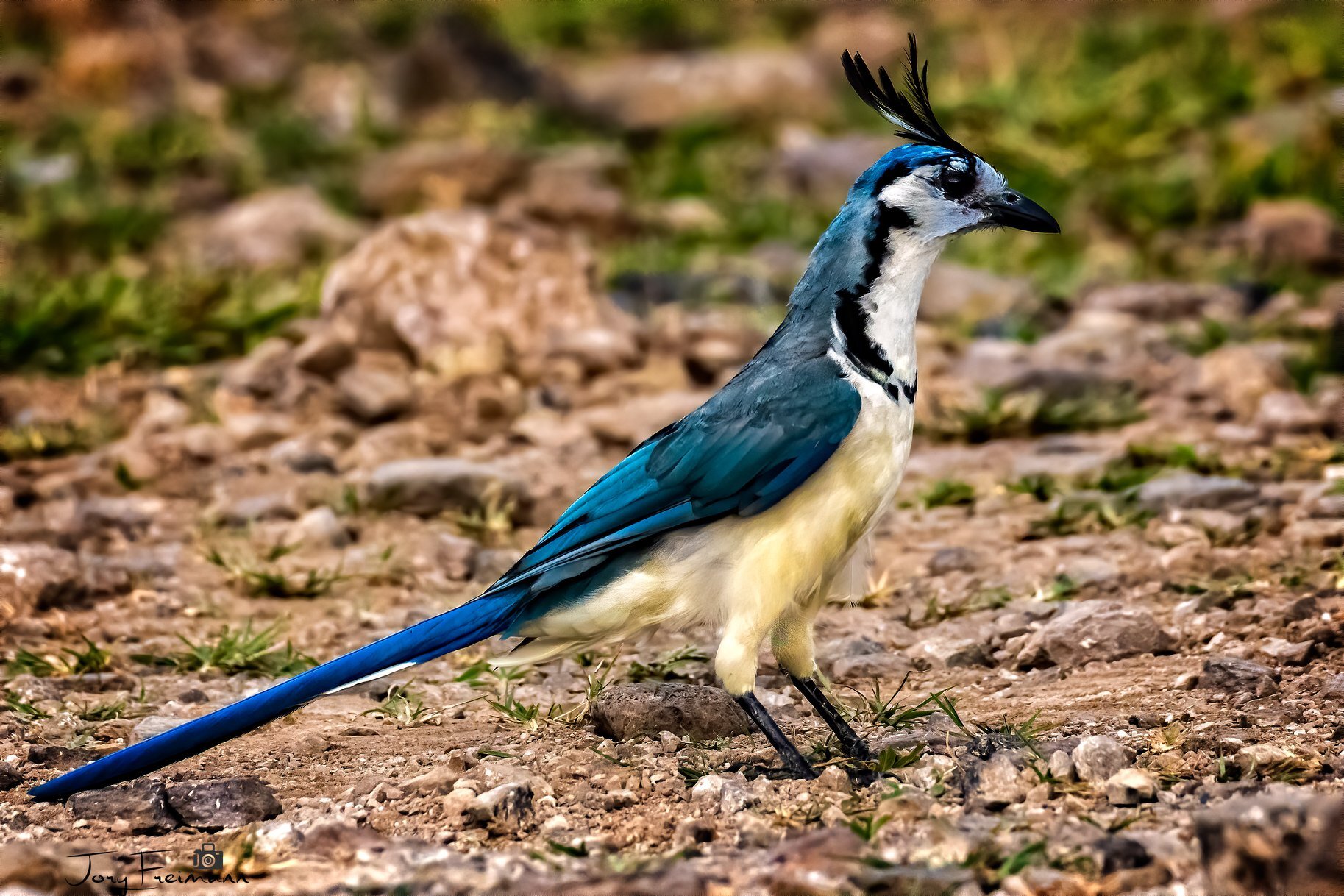
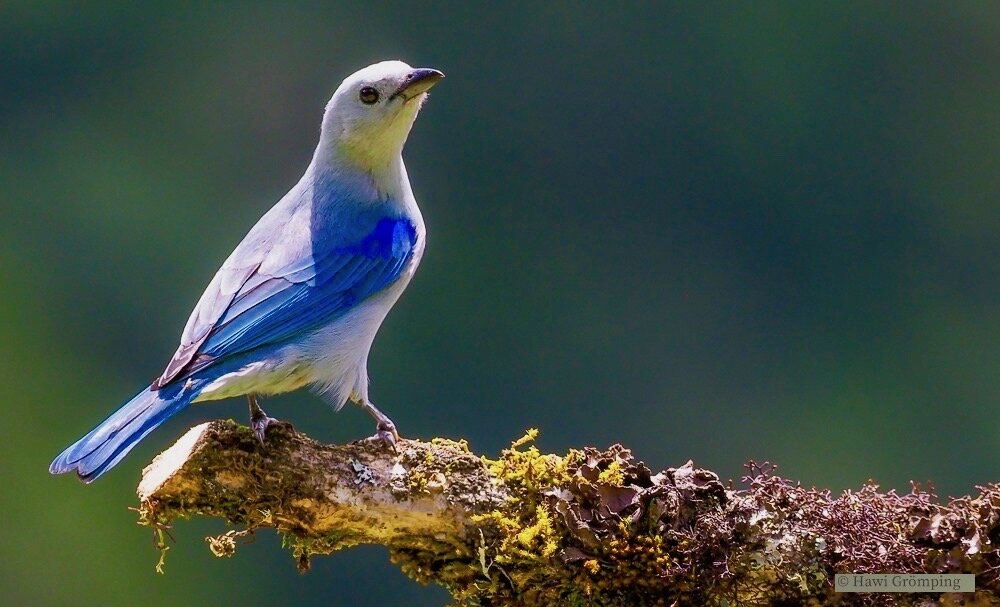
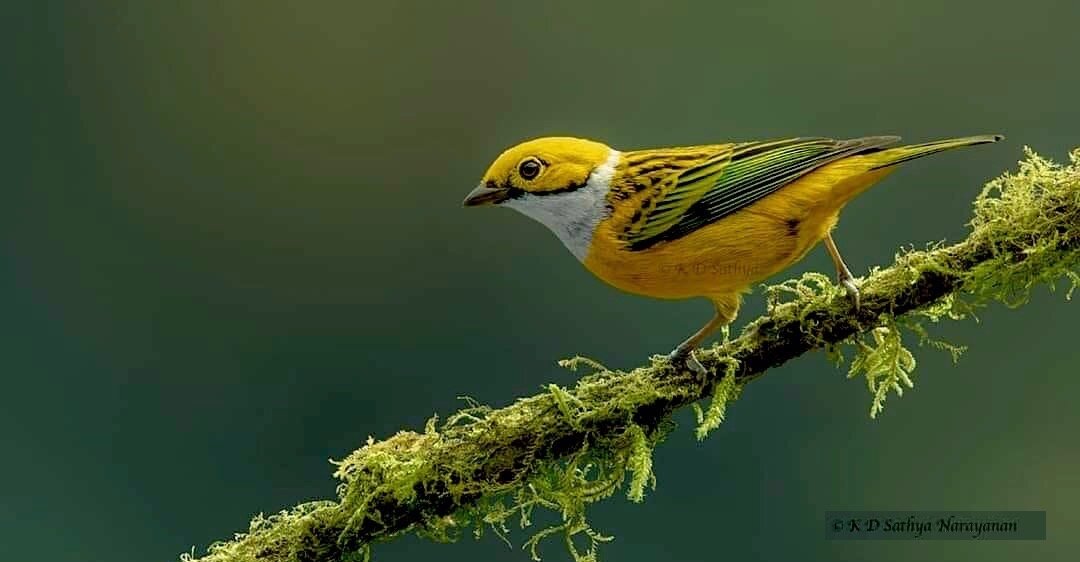
More Beautiful Birds By : Jose Juan Pucci, Daniel Matomoros, Ajit Meshmukh, Kath Aggiss, Jory Freimann, Hawi Grömping, and K D Sathya Narayanan.
FOLLOW US
MORE Birds
Beware! The Bold Bad Birds of the Africa Bush
By Roberta Kravette
The Best Guide to See Our 9 Favorite Hummingbirds in Costa Rica
Warning! You Can Only See These Birds in Puerto Rico.
By Roberta Kravette












